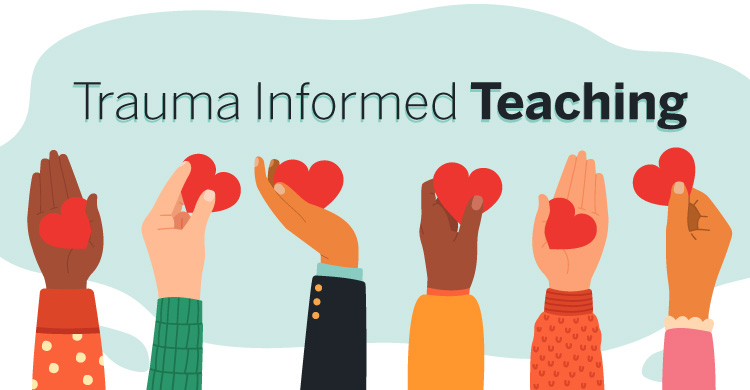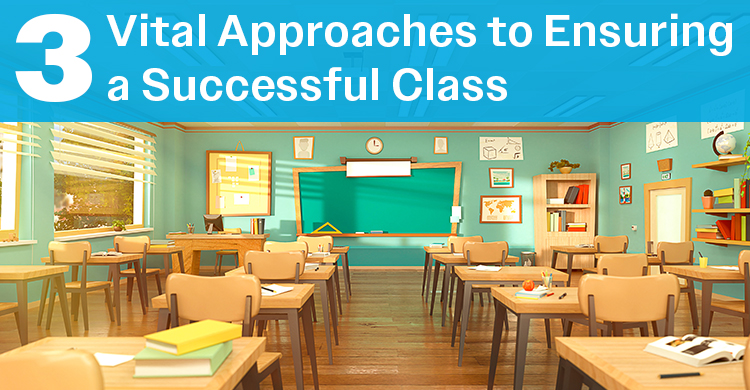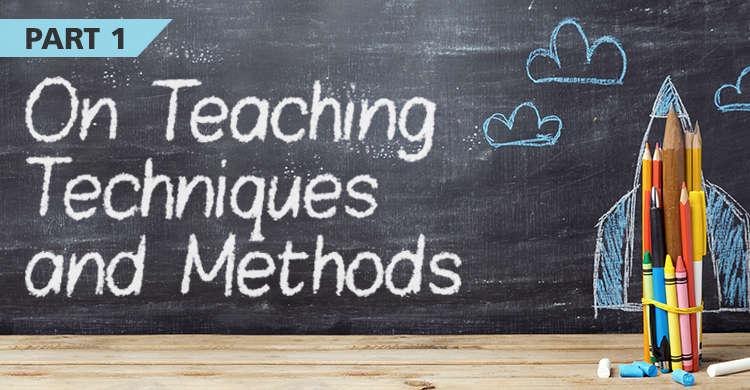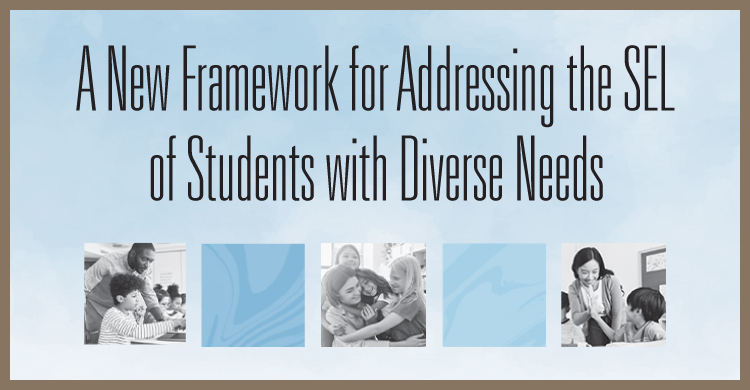Becky is a ninth-grade student at Mills High School. Her parents are divorced, and she is living with her mother. Becky’s mom is gone a lot with her job and dating. Becky is responsible for her two younger siblings. She makes them dinner most nights. Becky’s mom comes home late and sometimes brings home her newest boyfriend. It’s during these times that conflicts can arise that cause Becky and her siblings to get scared and have to hide. The fighting usually ends up with Becky’s mom getting hit, pushed, or beaten in some way.
In the mornings, Becky helps quietly get her siblings ready for the school bus. She also rides a bus and has to get herself ready. All of the children leave quietly so they don’t wake the boyfriend or their mom.
When Becky arrives at her school, she hears a lot of noise and chaos. This noise can be overwhelming and sound similar to the chaos she experiences at home. Luckily, Becky’s homeroom teacher Ms. Lennox understands the stress some of the children are under and has put strategies in place that make her room calm and welcoming for all students. Becky looks forward to going into Ms. Lennox’s room.
Mindset matters
Children can experience trauma in many different forms and intensities. Rather than trying to have children disclose and then trying to “fix” the situations they face, teachers should focus on accepting children for who they are and establishing and maintaining safe, stable environments. In our book, Trauma-Informed Instruction: Creating a Safe and Predictable Classroom Environment, we discuss the attribute of mindset. Mindset refers to the mental perspective or frame of reference we have in relation to situations or our students.
Ms. Andrea Lennox has adopted a mindset that her room should be a place for students to feel comfortable and experience stability and safety. Even though she is responsible for teaching math, she knows that she must first connect with her students, build relationships with them, and help them get ready to learn. Ms. Lennox’s emphasis on student relationships does not mean she is not helping them learn math. She is first building a foundation of trust and stability, then building the math content on this foundation.
In Andrea’s classroom, the students are able to gradually transition from their home situations to classroom structures each morning. She has set up quiet areas for the students to relax when they enter the room. She has areas where there are comfortable chairs, bean bags, and small table groupings. Children can quietly visit and get themselves ready to learn in these areas.
Time well spent
While Ms. Lennox’s practices may cause some worry about “lost instructional time,” consider how much time is lost when part of your classroom population is unfocused or disruptive. We ask colleagues to track time lost dealing with disruptions, time spent trying to remediate because a student was unable to focus that day, and the damage done to any potential relationship when a student feels like the adult is uncaring or oblivious to their needs. Trauma-sensitive practice takes time. Trauma-insensitive teacher practice takes even more time as educators wrestle with the negative fallout described above. A quote attributed to John Maxwell sums this up effectively, “Students don’t care how much you know until they know how much you care.” Building a positive learning environment takes time, awareness of your students and their needs, and a supportive team of leaders and peers. Building a positive learning environment is a process, not a checklist. As educators prepare for a post-pandemic world, tending to the impact of the trauma associated with COVID-19 will be an absolute requirement for all schools. What plans do you have to rebuild your school family (staff and students) and frame the learning environment as positive and nurturing?
Ms. Lennox sets up a positive environment by making sure she is available to greet each student personally as she/he enters her classroom. Children also do a self-check-in, taking their own attendance by placing their name card in a pocket describing their mood (“I’m ready to learn,” “I need more time to get ready,” “Please check with me.”) Ms. Lennox compares the check-in information against what she sees as she personally greets each student. For some children, their self-assessment is accurate while in others, she knows she needs to check in with them in spite of how they rate their mood. This practice takes time, but Ms. Lennox has found that she is able to prevent issues and disruptions through her proactive approach to assess and intervene before disruptions occur.
Benefits beyond the classroom
Her morning practices are an example of how she has changed her attitude to make her teaching more trauma-informed and student-centered. Her strategies to build relationships, safety, and stability continue throughout the day. Her success goes beyond just implementing techniques. It’s based on how she thinks about, and treats, her students. This new way of thinking about them helped her make the transition to a more trauma-sensitive classroom. Her ability to arm her students with an awareness of their own emotions and readiness to learn will also benefit them as learners not only in Ms. Lennox’s class, but in their future school life as well.
As you progress on the journey toward being a trauma-informed classroom and school, think about this question: What could you change related to your attitude and your teaching to help all of your students thrive? This is not about identifying weaknesses in your practice; it is about identifying growth opportunities as we move forward. The pandemic has highlighted, with greater clarity, some gaps that became evident in schools and especially regarding social-emotional learning and trauma-sensitive instruction. As we look forward to our schools moving forward to a new better in a post-pandemic world, it will be incumbent on all educators to plan both in the immediate (short term) and the future (long term) that these key components of SEL and trauma-sensitive instruction help to shape the learning process. Our students and ourselves will be the benefactors.





